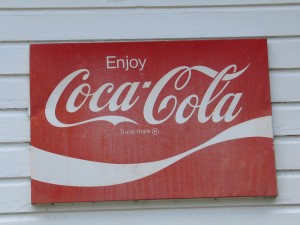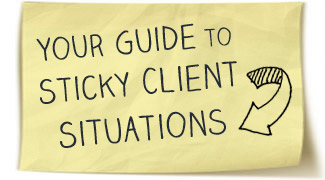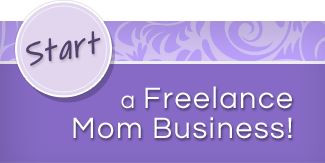Let’s face it – logo design is one of the most important elements of a business, yet its super expensive especially when you’re cash-strapped.
For a good logo, you can spend nearly $1,000 if you pursue the route of a graphic design agency.
That may not seem like much, until you dive into all the other costs associated with starting your dream biz – a website, marketing materials, trademarks, registrations, etc.
So because we know how difficult it can be to pool that kind of money together for a simple (but again, very important) graphic, we want to show you the steps you can take to create your own logo at minimal cost.
Step 1: Understand the Types of Logos
Though some people use different language, there are essentially four standard types of logos.
Once you understand the different types, you’ll need to decide what method has the best potential to represent your brand. Keep in mind you can also intermix the types.
- Wordmark: Wordmark logos are a stylized type-based design. Examples of wordmark logos are Dell, Google, Subway, Coca Cola and Oreo.
- Brandmark: Brandmark logos are based on or incorporate a representative symbol that reinforces what the brand stands for. Examples of this include Apple, Shell and Nike.
- Combination mark: Combination marks include both text and graphic elements and examples include Pringles and Domino’s Pizza.
- Lettermark: Lettermark logos are type-based logos that employ some combination of initials rather than the entire brand name. Some well-known examples are McDonalds, IBM and Dairy Queen(DQ).
- Badge logos: Badge logos are those such as Internet Explorer, Firefox, UPS and BMW. Typically with this logo, graphics and/or text are encased within a badge format.
Step 2: Understand Best Practices of Logo Design
There are best practices of logo design that everyone should follow. Before even thinking about your logo, it’s important to understand these elements.
- It should be simple: Think of Google, Pepsi and Toys R Us. One element they all have in common is simplicity. A logo needs to be as simple as possible, both in color and design. Plus, a simple logo is better for you too, because it will be easier to create.
- It should be expressive: A logo should communicate the most important elements of your brand within one image. It should communicate the purpose, culture and possibly the values of your business.
- It should be memorable: Per the first point, the simplicity and expressiveness of a logo is what will make it memorable. A memorable logo will ingrain itself within the minds of consumers and evoke particular feelings about your brand.
- It should be distinct: The last thing you want is a logo that can be confused with someone else’s. Check out the logos of others in your industry and separate your business from them as much as possible.
- In should be flexible: A good logo should work within any medium – on a website, on print materials, in email, etc. It should also work well in both black and white and color variations. Keep that in mind when brainstorming your logo.
- It should be consistent: Because a logo is what your customers identify you by, it should remain consistent for as long as possible. Sure, you can update it over the years, but create it with the idea that you won’t alter it for years to come.
Step 3: Brainstorm Your Logo
Now that you understand the types of logos at your disposal as well as the best practices in logo design, it’s time to begin brainstorming. Here are some questions to ask yourself when brainstorming your logo.
- Who is your target audience?
- What type of logo will best represent your business?
- What type of logo will resonate with your audience?
- What is your USP? Understanding your USP can help in choosing the best elements of your logo.
- What symbols best represent your business?
- What colors best illustrate your business?
Step 4: Sketch Your Logo
With trusty pencil and paper, sketch out potential paths you might want to take with your design. This will make your later process much more efficient. Try different variations of types of logos, different colors, different symbols, etc. Don’t restrict yourself to specifics when you’re sketching, sketch with an open mind.
Step 5: Test Your Options
I’m a firm believer in testing options before investing precious time into them.
Once your sketches are in a good place, test your favorite five on friends and family. Which do they like best and why? Keep in mind that unless these friends and family members are in your target audience, their feedback may be skewed.
Try to test your logos on friends and family who are in your specific target audience.
Step 6: Create Your Logo
Now that you have the sketch you want to bring to life, you can begin creating it in whichever platform you choose to use. Though I recommend Photoshop, it’s still possible to bring your vision to life within free or low-cost web-based software if your logo is simple enough.
If you’re using Photoshop (if you don’t have it, borrow a friend’s laptop that does), check out these great tutorials. You could also try out sites like LogoYes or LogoChefs.
Another option is now that you know exactly what you want your logo to be, you could hire a freelancer for about $15 an hour who could whip up your exact logo in an a few hours.
By understanding and taking charge of the process of creating your own logo, you’ll be able to save yourself hundreds of dollars.
In addition to cost savings, there’s a possibility you may end up with a logo that is that much more unique and representative of your business because you took the time to devote your heart and soul to developing it.
Now to You
Are you working on designing a new logo? How can you take this information and create your own logo?






